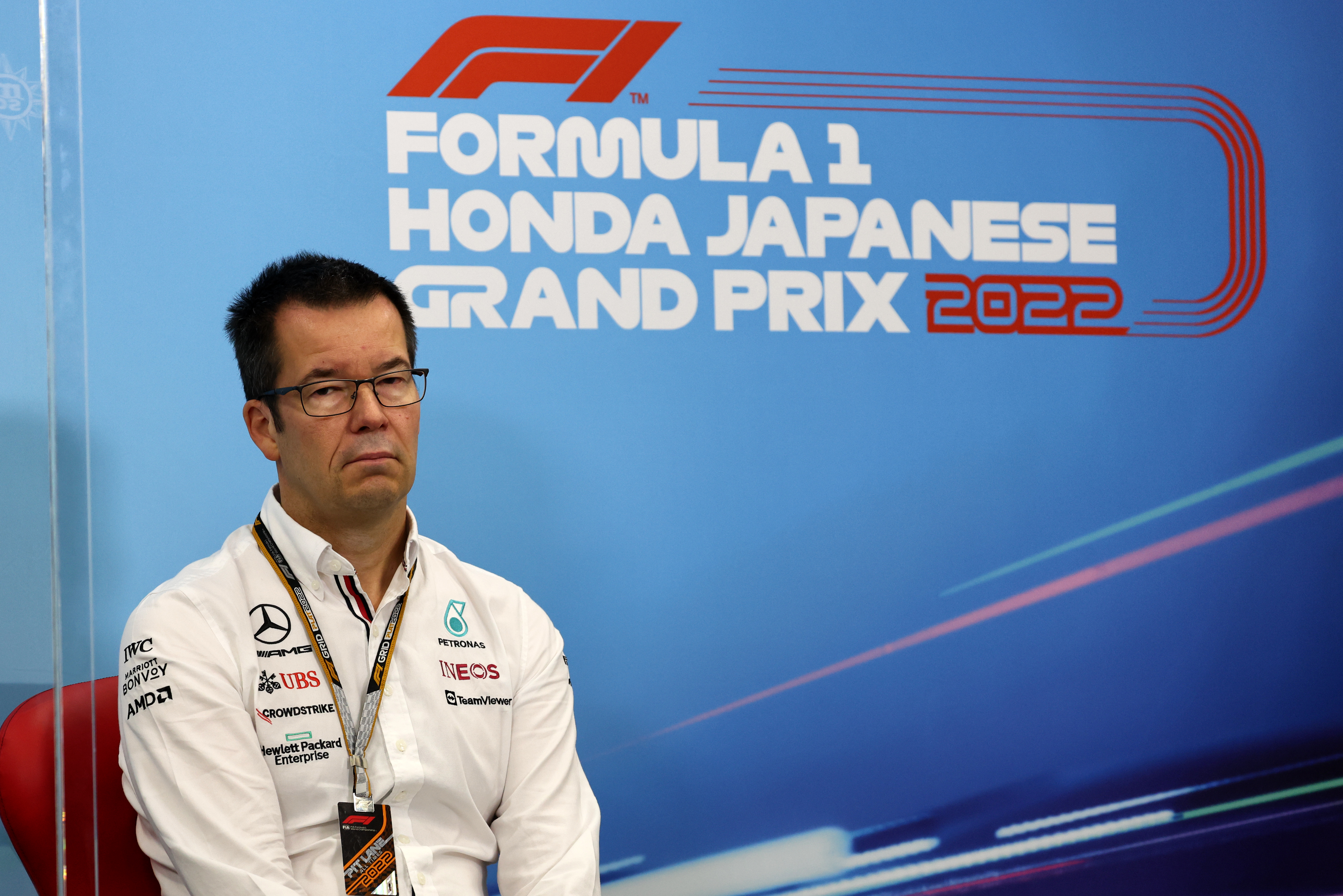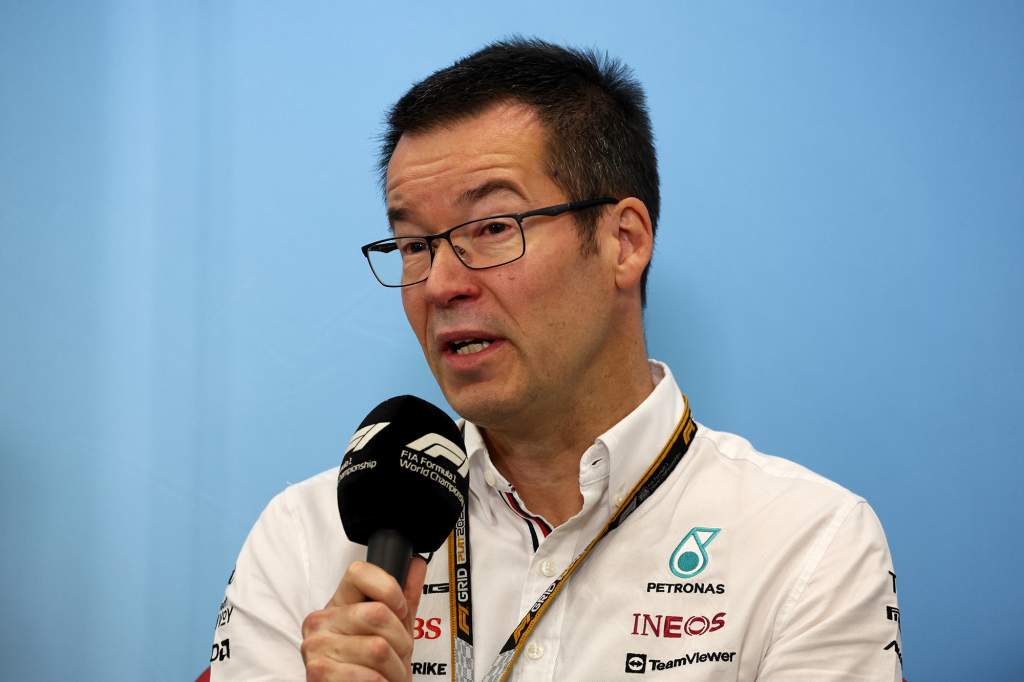Up Next

On the surface, the obvious beneficiary from the changes at the top of Mercedes’ Formula 1 technical team is the one who appears to have got the biggest promotion.
Mike Elliott’s move into the chief technical officer position, swapping roles with James Allison who returns to ‘only’ being technical director, comes after successive slow starts to two seasons in this ruleset for Mercedes.
These are also the first two for which the cars have been designed under Elliott’s technical directorship. In the F1 world’s ever-lasting passion for finding scapegoats, the finger inevitably gets pointed at him for Mercedes’ problems – outside the team, anyway.
His job swap with Allison was, apparently, suggested by Elliott himself as part of a review he instigated. It is not the only change. But given Elliott was seen to be under pressure – again, at least externally – he is the focus. And the cynical take is as follows.
The existing technical director, not the chief technical officer he reports to, has launched a review of the organisation and suggested such a change that effectively promotes himself out of a difficult situation, by getting someone who did not want to be technical director two years ago to go back to the job he walked away from.
It looks questionable when framed in that way but only because it misrepresents the situation.
As technical director, Elliott was responsible for the F1 team. Allison, working three days a week as CTO, had a broader remit. It makes sense that Elliott, with a better grasp of the day-to-day F1 operation, would take the initiative.
You might still raise an eyebrow that he suggested he moves upstairs into (presumably) a better, less intense job after perhaps deeming himself less well suited to than hoped to being technical director.
But it’s not that Elliott’s powers of persuasion are so stunning as to get himself a promotion while Mercedes did…what exactly? See a convenient and easy solution to move someone it no longer rates out of the technical director role?
For starters, as CTO Elliott will still have a significant influence on its F1 programme, just on a longer-term and strategic basis. Plus, the changes go beyond just Elliott getting a new job, with other tweaks around the design office and engineering structure.
And frankly, it would be astonishing if the team that has achieved so much with such a malleable organisation was so short-sighted as to think it needed to sideline Elliott to transform its situation.
Mercedes has always been keen to practice what it preaches when it comes to its working culture. In a lot of teams, Elliott’s position would have begun to look untenable after two successive seasons starting on the back foot. Mercedes had no desire to just sack him and move on, and hasn’t.

Elliott has value in this organisation, he has been a key part of a team that achieved great success with a line of excellent cars that he had input to, and the Mercedes structure does facilitate a reshuffle.
In hindsight, while Elliott’s background in aerodynamics and rounded understanding of car performance made him well suited to being a technical director in this F1 era in particular, the CTO role – looking at medium and long-term technical strategy and the 2026 car project – maybe does play to his strengths of managing broader responsibilities better.
It looks (convenient as this is to say now) a good fit for someone who, in his pre-technical director role as technology director, worked with wider projects like ensuring the team’s equipment and practices – the windtunnel, dynos and CFD facilities – were at the highest possible quality. And the technical director was more public-facing, with a degree of extra scrutiny in an extremely intense environment.
It’s not hard to see why the change would appeal to Elliott but it would be extremely unfair to think this is a case of Mercedes addressing a weak link. If that were the case he would be out of the organisation entirely, or at least out of F1 – and clearly neither is the case.
Instead, it looks more like honestly assessing that the existing personnel could be better deployed. And with Allison also seemingly happy to return to the F1 coalface, Mercedes can undertake the changes rather painlessly, without a disruptive transition.
Essentially, the idea is it retains broadly the same structure it felt was the best long-term option when it created the CTO job for Allison back in 2021 but with all the pieces in a slightly better place.





